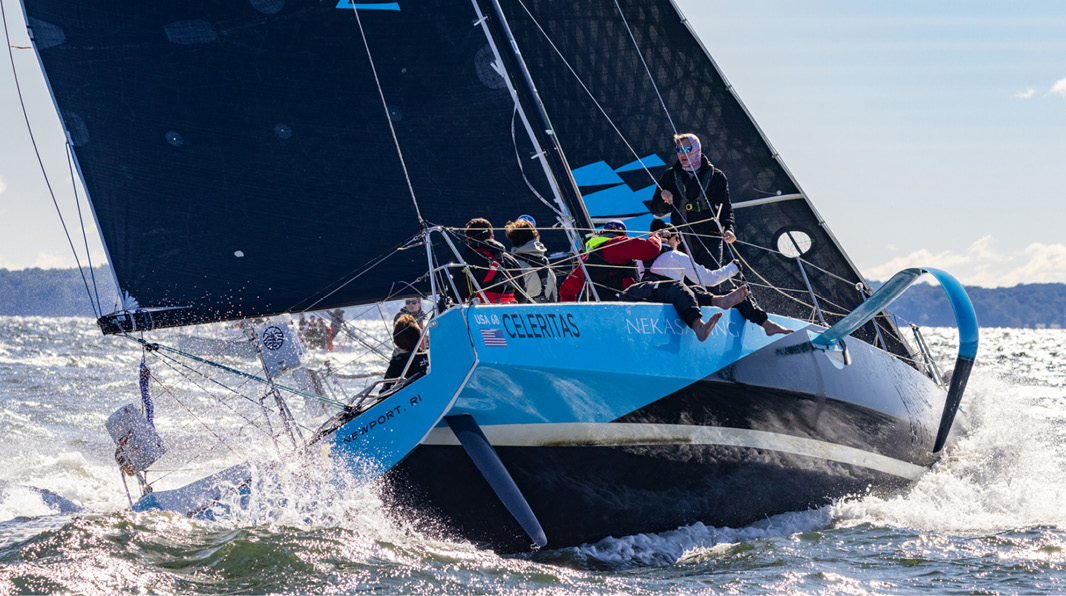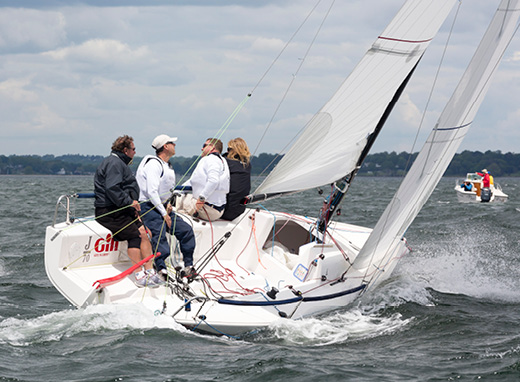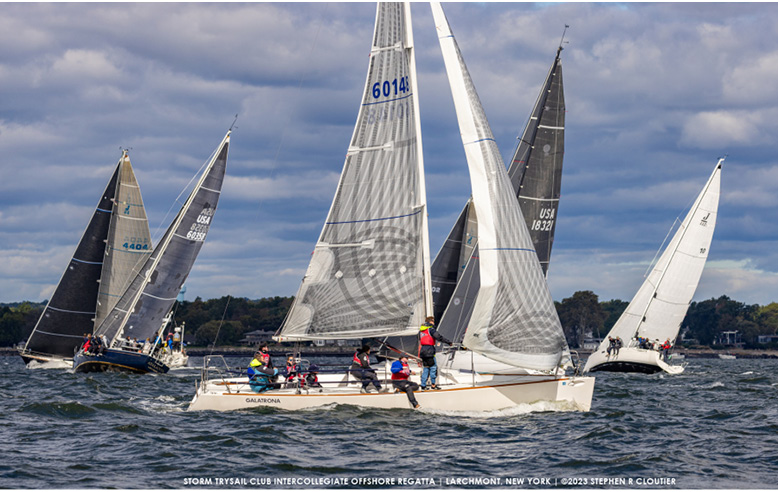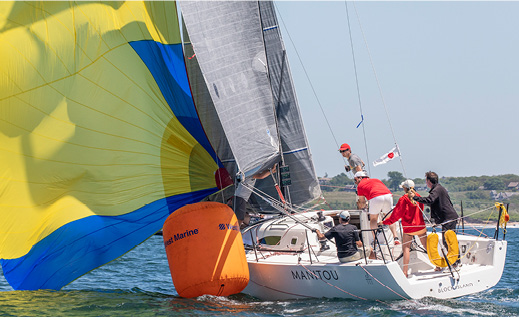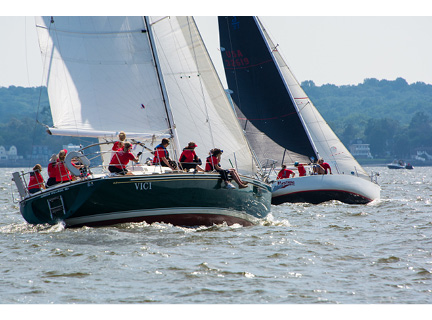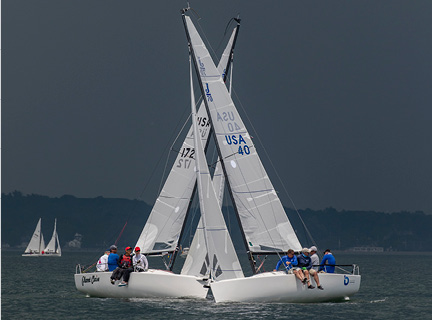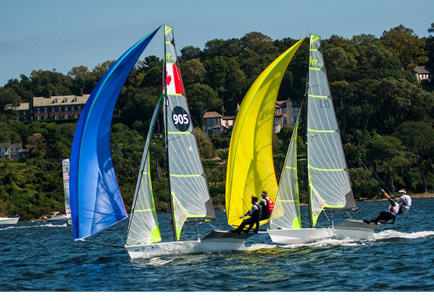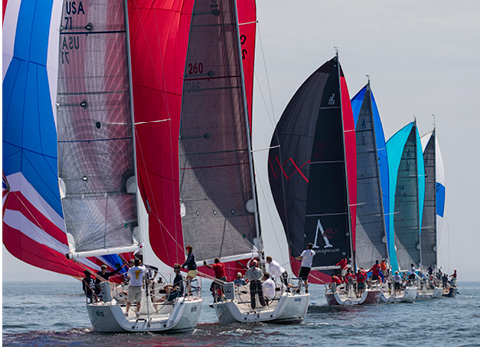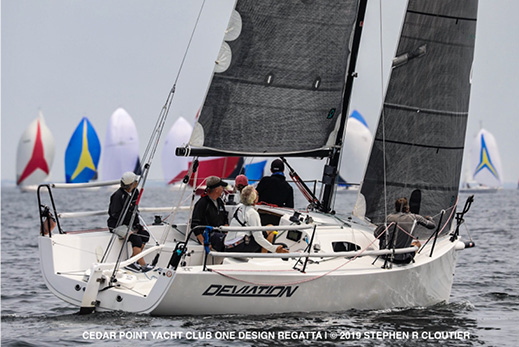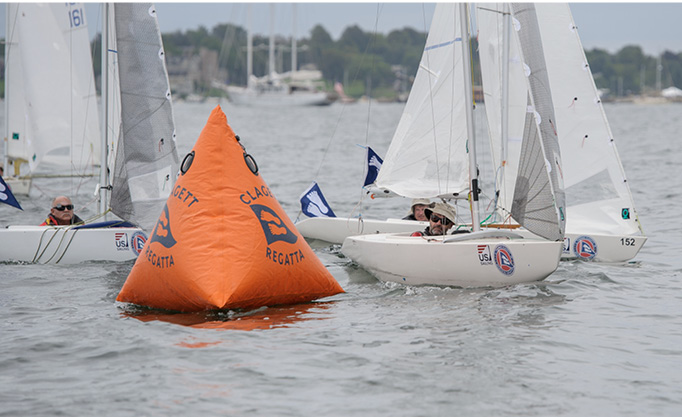Up to Speed & Smarts with Dells
Prolong Your Sails’ Racing Life
Avoid flogging like the plague. The best way to maintain the strength and shape of your sails is to minimize the amount of time they flap in the breeze. Flogging breaks down the sail material. Don’t, for example, let your jib luff while you are having lunch in between races. It’s much better to drop a sail than to let it flap. If your boat is overpowered, don’t just let your sails luff. Bend your mast, flatten…

